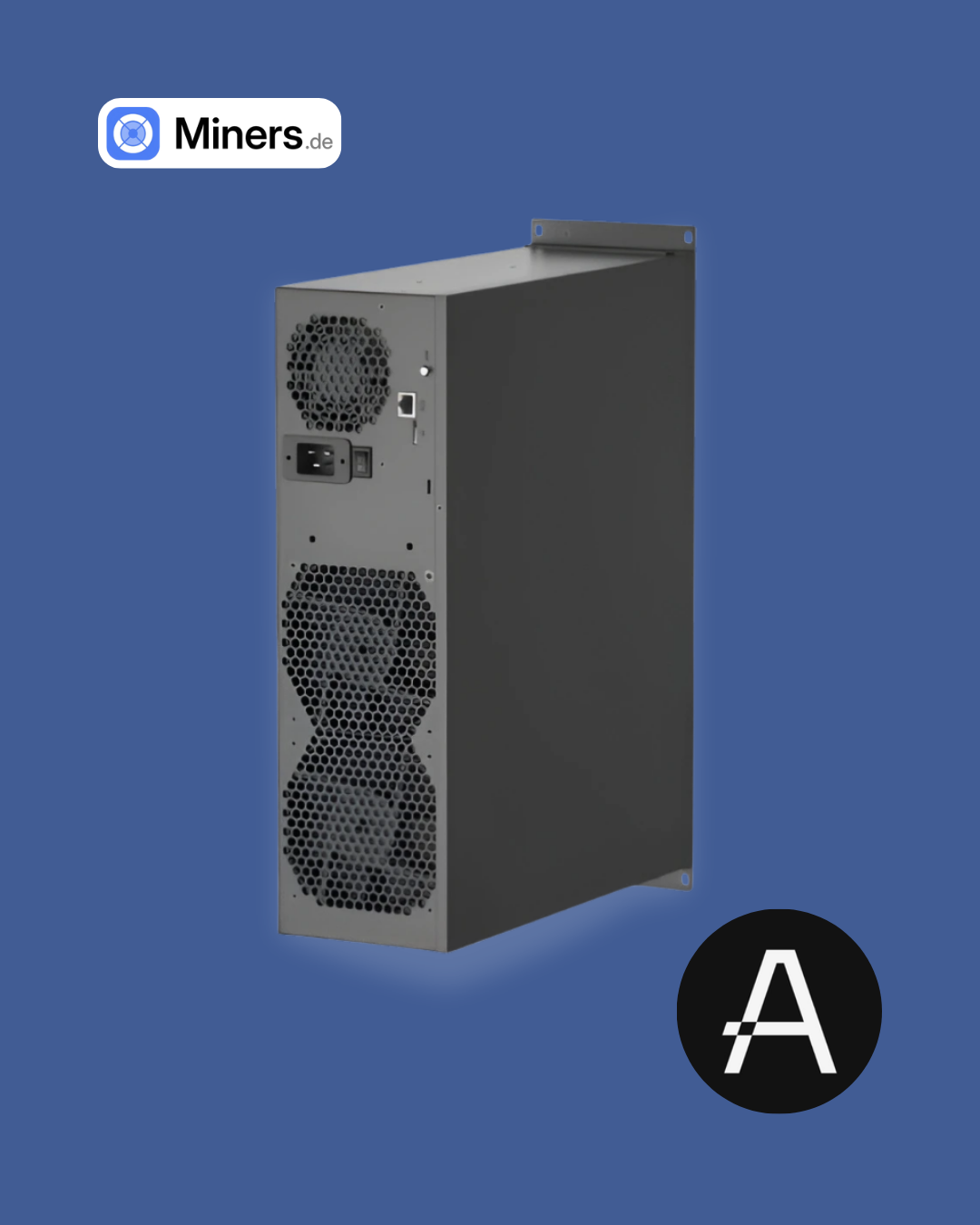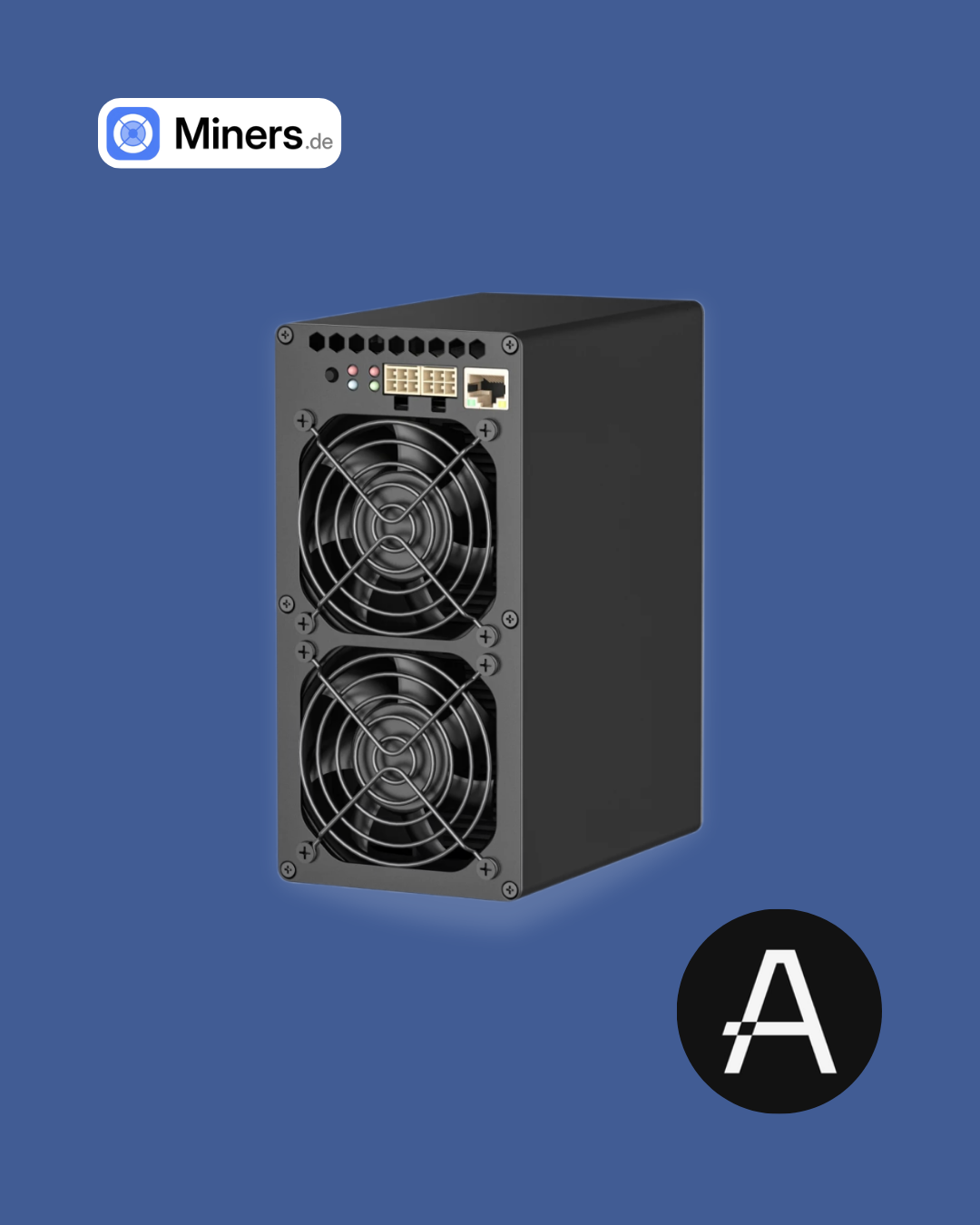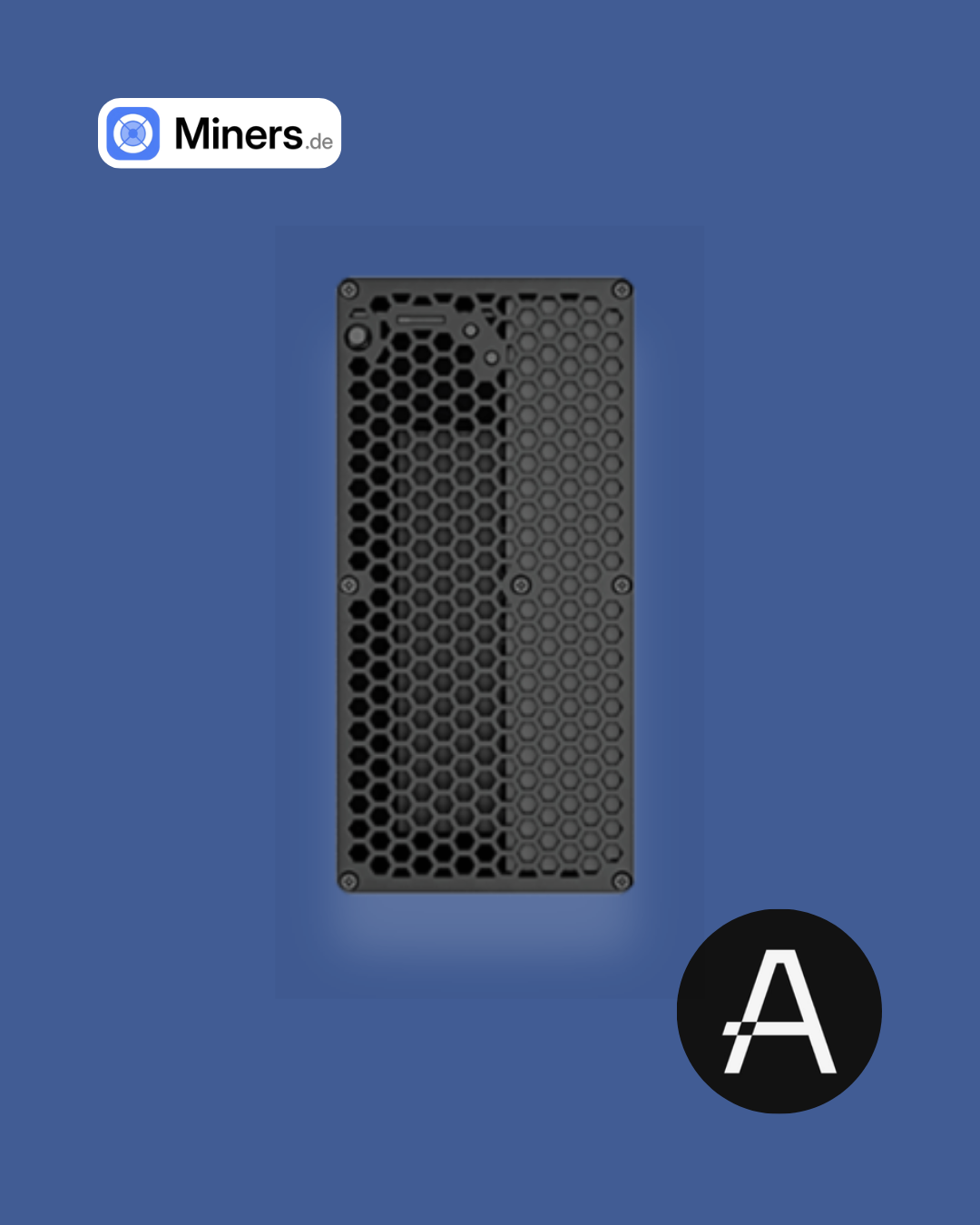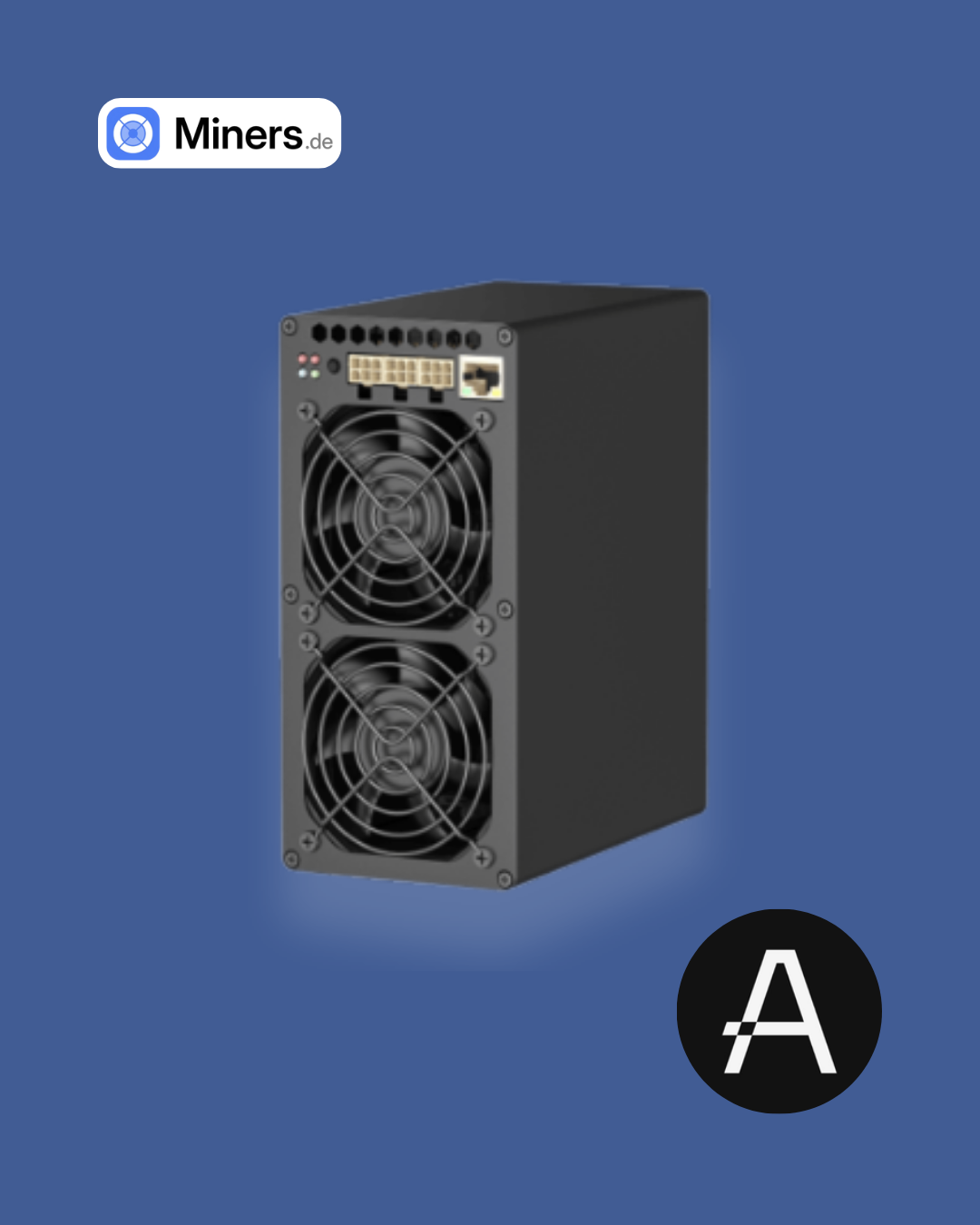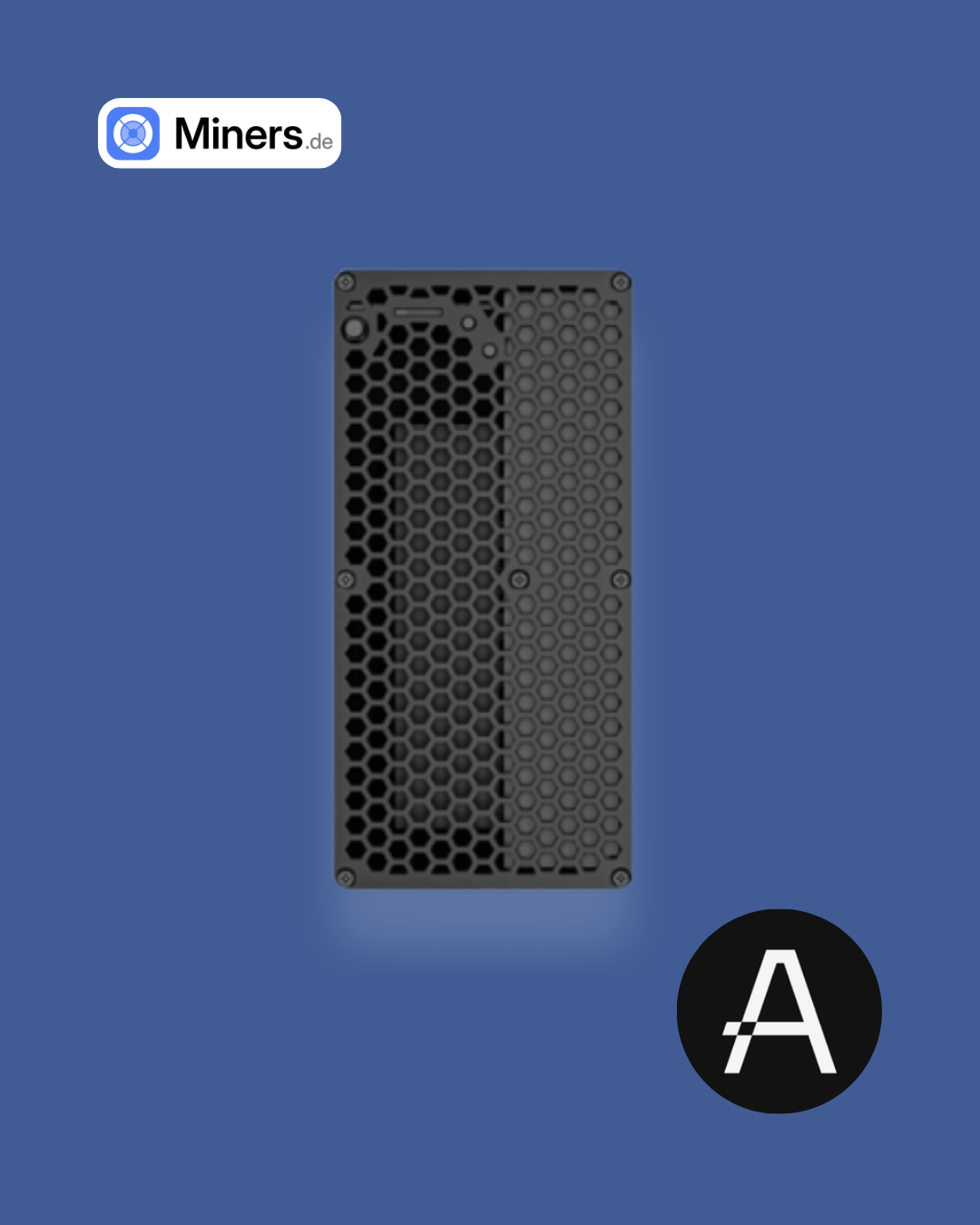
zkSNARK Prover & Hardware
zkSNARK mining hardware for the efficient generation of zero-knowledge proofs in blockchains such as Zcash or zkRollups. Our systems are optimal for use as prover nodes , with strong CPU and GPU performance for parallel hashing.
Our zkSnark hardware in the shop
Filters
Energy efficiency
Hashrate
consumption
Energy efficiency
Hashrate
consumption
4 products
What is a zkSNARK miner? | Explanation, areas of application & opportunities
The termzkSNARK Minercauses confusion among many blockchain enthusiasts. While “mining” in the traditional sense is associated with Bitcoin or Ethereum, the question arises: Are there also “miners” forzkSNARKs?
Here you will learn what zkSNARKs are, why it is technicallyno zkSNARK miners– and what role so-calledProverplay a role in modern blockchain networks such as Zcash and Ethereum Layer-2.
What is a zkSNARK?
zkSNARKstands forZero-Knowledge Succinct Non-Interactive Argument of Knowledge. It is a type ofZero-Knowledge Proofwhere a party can prove that it knows a piece of information (e.g. a password or the solution to a problem) without revealing that information.
Features of zkSNARKs:
- Zero Knowledge:The proof contains no information about the secret itself.
- Succinct:The proof is extremely short.
- Non-Interactive:Only one message between prover and verifier is necessary.
Are there zkSNARK miners?
The short answer: No, there are no zkSNARK miners in the classic sense like Bitcoin.
Bitcoin mining involves solving a cryptographic task using Proof-of-Work to generate blocks. ZkSNARKs, on the other hand, involveGenerating cryptographic proofs– mostly forTransactions or calculations, not for block mining itself.
Who creates zkSNARK proofs?
In systems that use zkSNARKs (e.g. Zcash, zkSync, Scroll), the so-calledProver systemthe generation of zkSNARK proofs.
These proofs show, for example:
- That a transaction is valid (without disclosing details)
- That a batch of Layer 2 transactions was processed correctly
Prover vs Miner
While aMinerIn classic blockchains such as Bitcoin, new blocks are created by solving computational tasks (Proof-of-Work), the task of aProversto create cryptographic proofs – such as zkSNARKs – that prove the correctness of certain calculations or transactions without revealing their content. Miners secure the network through computing power and receive block rewards in return, while provers in zero-knowledge systems such as Zcash or zkRollups ensure that complex calculations can be verified efficiently and confidentially – sometimes also in return for compensation.
Which networks do zkSNARKs use?
✅ Zcash
Zcash uses zkSNARKs for private transactions. Miners verify the zkSNARKs but do not generate them themselves.
✅ zkRollups (Ethereum Layer-2)
Projects likezkSync,ScrollorPolygon zkEVMuse zkSNARKs (or zkSTARKs) to process many transactions off-chain. Provers generate proofs that are verified on-chain.
Can you make money with zkSNARKs?
Yes – in a way. Some networks reward so-calledProver Nodesthat efficiently generate zkSNARK proofs. However, this is not classic “mining,” but rather aspecialized servicewithin a rollup or ZKP system.
Requirements:
- Powerful hardware (CPU, RAM, possibly GPU)
- Technical understanding
- Participation in the respective network
Conclusion: zkSNARK Miner – a misunderstanding with potential
The term “zkSNARK Miner” is misleading – there areno minersin the classic sense. But: Generating zkSNARK proofs is a central component of modern blockchains and can be rewarded.
Anyone interested in privacy, scaling, and the future of blockchain technology should definitely look into zkSNARKs and Prover Nodes.

